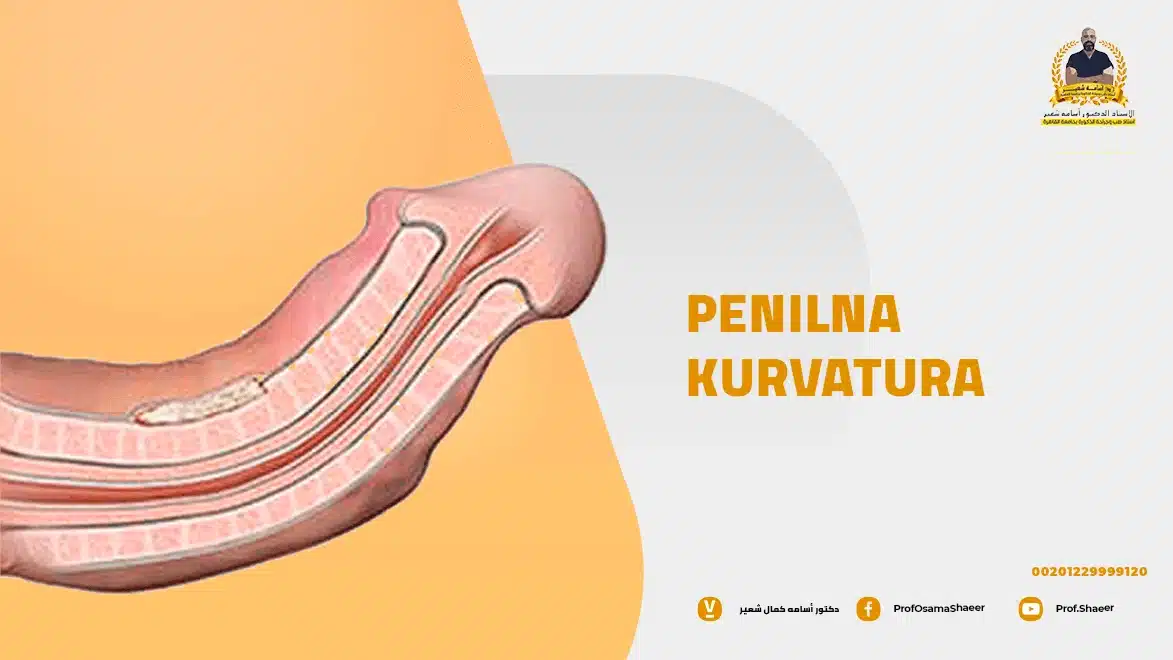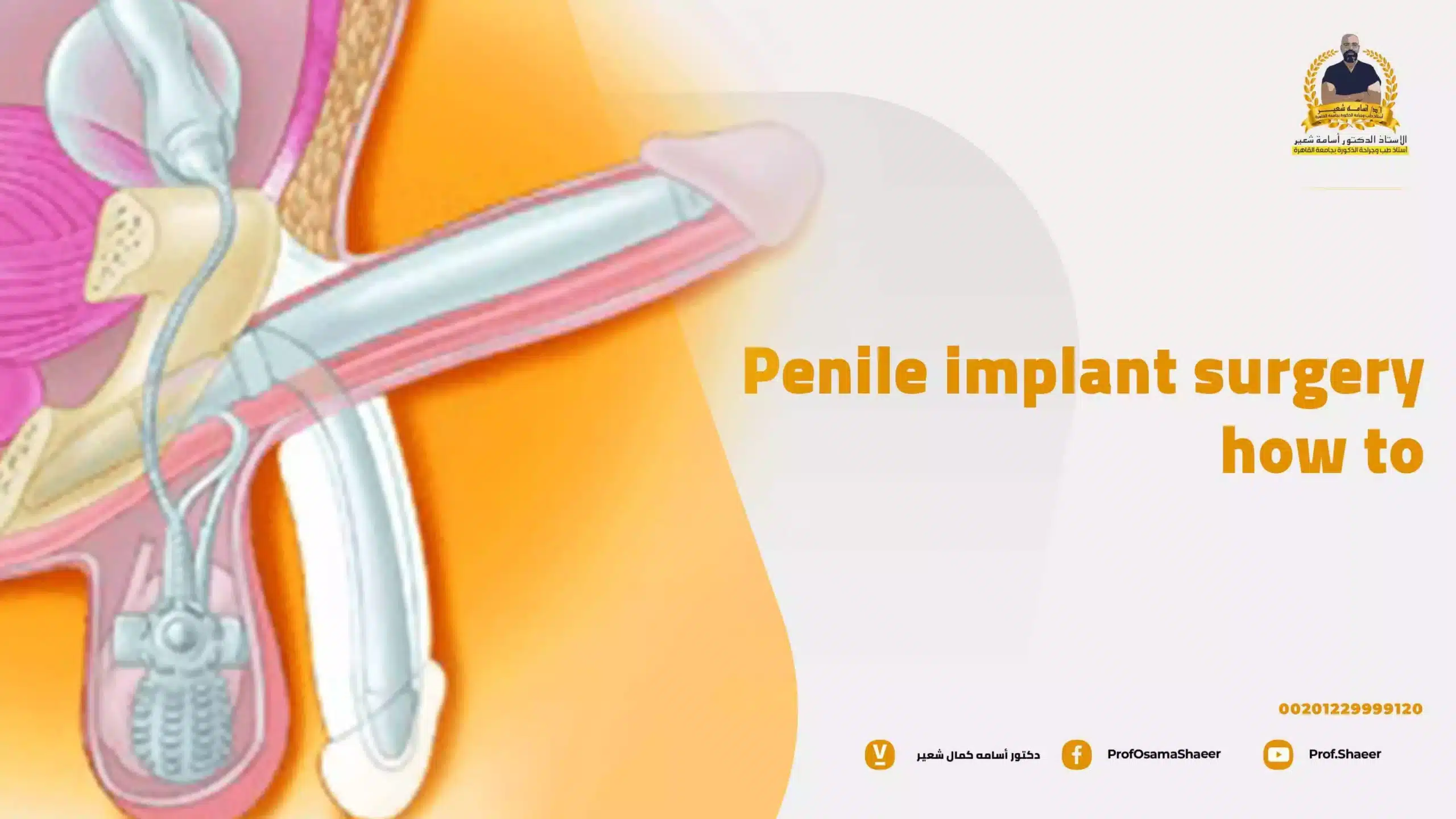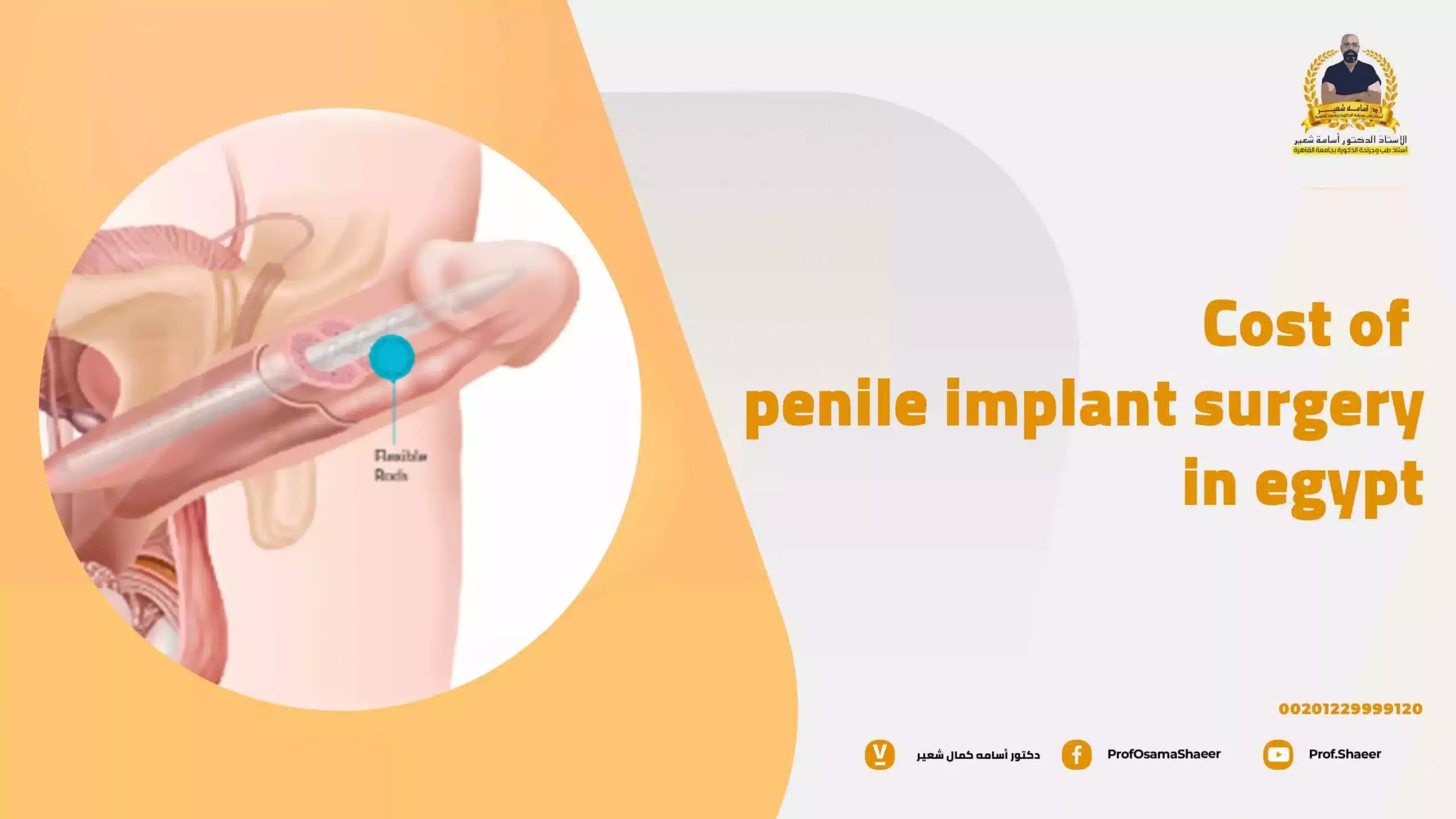What is Penile Curvature – Penile Deviation?
Penile Curvature – Penile Deviation is when the penis is not straight or the penis is bent, in the erect state. A curved penis or deviated penis in the flaccid state is not a medical condition. Penile Curvature – Penile Deviation can be a medical condition.
Some degrees and directions of penile deviation may require surgical intervention. For example, downward penile curvature more than thirty degrees may require correction, and the same applies to a penis curved upwards more than forty degrees, and penile curvature to the left or right more than 15 degrees. Such grades of penile curvature may make sex difficult, cause pain during sex to the partner and even some vaginal or cervical ulceration. Some degrees of penile curvature are so severe that they may prevent intercourse all together.
Need a diagnosis?
Click here for our one and only self-help online penile curvature diagnostic tool
Click here to email Prof.Shaeer a photo in the erect state to evaluate your case.
What is the cause of penile curvature / penile deviation?
Penile curvature can be an in-born congenital abnormality ( congenital penile curvature ), or can develop later in life ( acquired penile curvature ).
Congenital penile curvature
Congenital penile deviation is due to an asymmetrical overgrowth of one side of the penis over the other. It could also be due to hypospadias, which is when the urethral meatus ( urine outlet ) is not at the tip of the penis but rather on the under surface. The root cause of both states of congenital penile deviation is not completely understood. Theories include a genetic abnormality, androgen insensitivity, and exposure to hormonal medications in fetal life.
Acquired penile curvature
On the other hand, acquired penile deviation is mostly due to Peyronie’s disease, but could also be due to trauma such as penile fracture or previous surgeries. A fourth cause of repeated treatment for ED with intracavernous injection. On the other hand, acquired penile deviation is mostly due to Peyronie’s disease, but could also be due to trauma such as penile fracture or previous surgeries. A fourth cause of repeated treatment for ED with intracavernous injection.
Peyronie’s disease
Peyronie’s disease is when the elastic expandable tissues of the penis are replaced by Peyronie’s fibrosis: in-elastic tissue that does not expand freely. When this happens on one side, Peyronie’s curvature occurs towards that side. Peyronie’s disease is not precancerous, and will not affect general health in any way. It will cause acquired penile deviation, shortening of the penis, and is frequently associated with erectile dysfunction ( ED ).
Fracture of the penis or Penile fracture
Fracture of the penis or Penile fracture is when the penis is forcibly bent in the erect state. This kind of trauma to the penis in the erect state may cause rupture of the erection cylinders. If penile fracture is mild, it can be managed conservatively in some cases. Other cases require surgical repair of the fractured penis. If not, acquired penile curvature may occur, among other complications. It should be mentioned that Peyronie’s disease is the most common cause of acquired penile deviation.
What is the treatment of penile curvature ?
Congenital penile curvature is treated surgically, if the direction and degree indicate so. On the other hand, Peyronie’s disease may be managed with medical treatment in its early phase and surgical treatment in later cases, if necessary. Peyronie’s disease has a time line, where it progresses over 1-2 years, during which there is pain in the penis. After that initial phase, Peyronie’s disease stops progressing. Surgery is commonly reserved till Peyronie’s disease stops progressing. Until then, medical treatment may slow down, stop or rarely reverse Peyronie’s curvature.
Prof.Shaeer has developed several innovative techniques that have changed the way we correct Penile curvature, improving the results and lowering complication rates.
Medical treatment for Peyronie’s disease
Broadly speaking, medical treatment for Peyronie’s disease is expected to slow down its progress, rather than reverse it. This includes oral treatment such as vitamin E and Potassium paraaminobenzoate. Injectable drugs are thought to be more effective. These medication are injected in the Peyronie’s plaque ( the firm fibrotic inelastic plaque due to Peyronie’s disease ).
Injectable medications for Peyronie’s disease include :
– Collagenase. The only FDA-approved medication for Peyronie’s disease is collagenase clostridium histolyticum (Xiaflex).
– Verapamil. This is a drug normally used to treat high blood pressure.
– Interferon. This is a type of protein that appears to disrupt the production of fibrous tissue and help break it down
Surgical correction of penile curvature
1. Shortening Techniques for Correction of Penile Curvature
When a penis is bent in the erect state, there is a shorter side and a longer side. Penile curvature is always towards the shorter side. In congenital curvature, the shorter side is the normal one since the longer side outgrew the other normal one. While in Peyronie’s curvature, one the longer side is the normal one since Peyronie’s plaque caused shortening on the other side. Shortening techniques are based on shortening the longer side, regardless whether is is the normal one ( Peyronie’s curvature) or the abnormal one (congenital penile curvature). This will cause overall shortening of the penis, to variable degrees, depending on the cause and degree of curvature. This is fine in mild to moderate degrees of curvature, particularly in congenital penile curvature where the penis is abnormally longer, asymmetrically. However, shortening could be a problem in severe penile curvature, particularly with Peyronie’s disease where the penis is already shortened.
When a penis is bent in the erect state, there is a shorter side and a longer side. Penile curvature is always towards the shorter side. In congenital curvature, the shorter side is the normal one since the longer side outgrew the other normal one. While in Peyronie’s curvature, one the longer side is the normal one since Peyronie’s plaque caused shortening on the other side. Shortening techniques are based on shortening the longer side, regardless whether is is the normal one ( Peyronie’s curvature) or the abnormal one (congenital penile curvature). This will cause overall shortening of the penis, to variable degrees, depending on the cause and degree of curvature. This is fine in mild to moderate degrees of curvature, particularly in congenital penile curvature where the penis is abnormally longer, asymmetrically. However, shortening could be a problem in severe penile curvature, particularly with Peyronie’s disease where the penis is already shortened.
Yet, shortening techniques for a curved penis are the simplest of the surgical options, and rarely affect erection negatively.
How they are performed? One of two broad principles: wither shortening the longer side by internal non-absorbable permanent sutures, or making small incisions inside the penis, bringing them together by absorbable sutures so they heal and adhere. The former technique is more simple and is the least liable to affect erection. Examples of shortening techniques are the “16 Dot Technique”, “Nesbit procedure”, and “Prof.Shaeer’s Double Eight Technique” which decreases recurrence rate by distributing the entry and exit points of the sutures over a figure-8 so they are more anchored.
In addition to shortening, one may be able to feel the tiny knots under the skin, though not usually a problem. Some degree of decreased sensitivity may occur with most techniques of penile curvature surgery. Recurrence rate is less than 10% with experienced surgeons, and is partial recurrence that does not usually require re-operation.
2. Shaeer’s Corporal Rotation Technique
This break-through surgical technique for correctin of penile curvature was developed by Shaeer in 2005. It is able to correct penile curvature with no or minimal shortening. It is designed for specific cases: CONGENITAL penile curvature, DOWNWARDS, with a degree that is more than moderate.
The principle is: there are two erection cylinders inside the penis and along its length. Both are shorter on their undersurface. Instead of shortening the upper surface, simply rotate the cylinders outwards in opposite directions. This forces the shorter surfaces to the sides, acting against each other, neutralizing the curvature.
3. Peyronie’s Plaque Surgery: Peyronie’s Incision and Grafting or Excision and Grafting
In cases with Peyronie’s curvature that require correction after the first year has passed and there is no more progress in penile curvature, it is possible to disrupt the Peyronie’s plaque or remove it all together, closing the defect left behind with a graft. In order to get access to the Peyronie’s plaque, the surgeon may need to move the nerves or urethra aside, which requires considerable experience to avoid injury and minimize the degree of lowered sensitivity that follows. Prof.Shaeer has been practicing and developing all penile curvature procedures for more than 25 years. Furthermore, Peyronie’s plaque excision and grafting may result in erectile dysfunction ( ED ) in approximately 30% of cases, which may required medical treatment or penile implant surgery. Since Peyronie’s disease is commonly associated with ED and considering that plaque surgery may further cause ED, therefore it is common to have both procedures performed in the same setting: Peyronie’s Plaque Excision AND Penile Implant Surgery. Prof.Shaeer has recently developed a break-through technique for these cases:
4- Shaeer’s Punch Technique : Peyronie’s Plaque excision without risk of nerve or urethral injury.
This technique us intended for cases with curvature and ED that require Peyronie’s plaque excision and penile implant surgery.
As stated earlier, in order to disrupt Peyronie’s plaques, the surgeon needs to get access by setting aside nerves or the urethra, which may cause nerve or urethral injury. This is because the structure of the penis from out inwards is: skin, fascia, nerves on the upper side and urethra on the undersurface, then the erection cylinders that are afflicted by Peyronie’s plaque. The plaque is on the wall of the erection cylinders. Access has always been from out-inwards. Therefore the nerves and urethra need to be mobilized. This is time consuming.
Prof.Shaeer has invented the Punch Technique, where by a cutting forceps can be inserted into the erection cylinders and take bite after bite off the Peyronie’s plaques, from within. This is followed by penile prosthesis implantation in the same setting, thereby restoring straightness and hardness. The technique is straightforwards, short, and safe. Nerves and the urethra are fully preserved.



